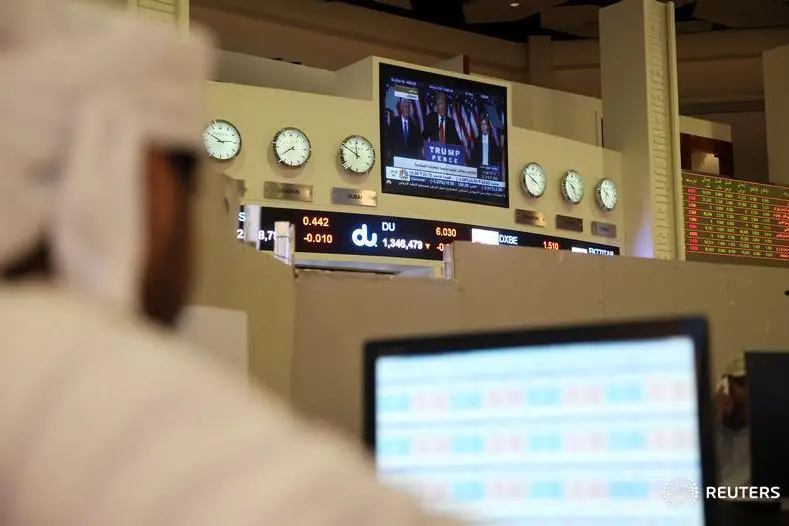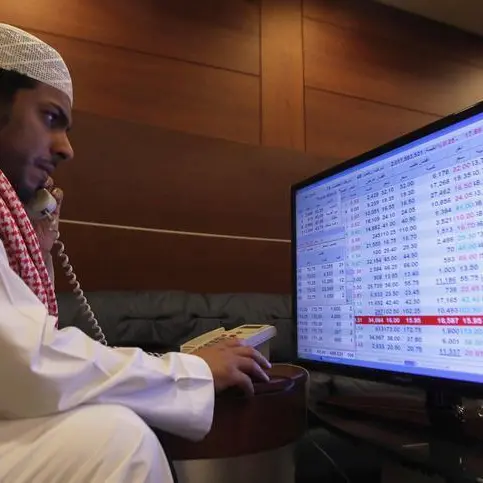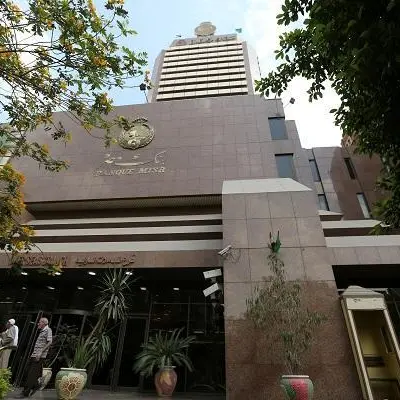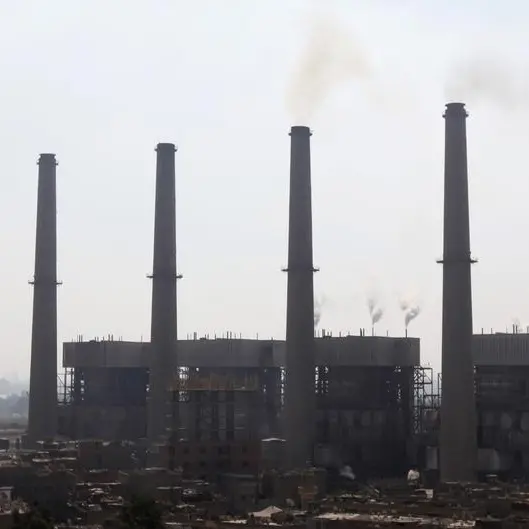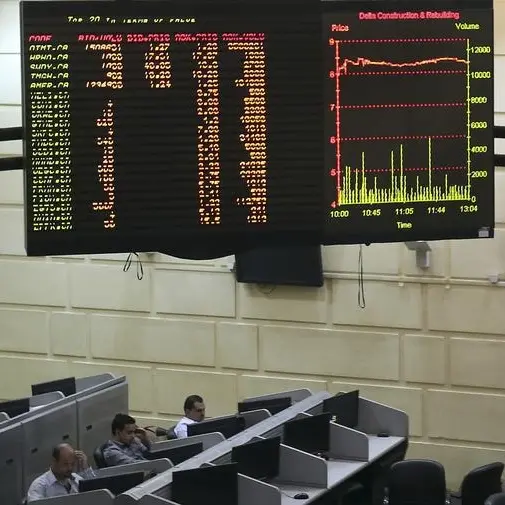PHOTO
Upgrades of both the Saudi and Kuwaiti stock markets to emerging market indices from the likes of FTSE Russell and MSCI is likely to increase interest in local capital markets, but experts differ on how much.
Speaking on a panel at the Fund Forum Middle East and Emerging Market summit in Dubai on Monday, Charles-Henry Monchau, the chief investment officer and head of investment management at Al Mal Capital, said recent upgrades meant that "finally, we are going to have MENA [Middle East and North Africa] equities as an investible region".
Although stock markets in the United Arab Emirates and Qatar were upgraded to emerging markets in 2014, Monchau said that until the latest upgrades, to a European asset allocator looking to invest between 5-7 percent of a portfolio in emerging market equities, "MENA was nowhere".
"There was Asia, Eastern Europe, Latin America, but MENA was nowhere," he said. "After the MSCI inclusion, that means that we will get 5 percent allocation to the region, which is a good start, and hopefully also with some big IPOs coming - not naming them - we might get 7 percent.
"And that changes the big picture, because it's very difficult for many asset allocators to invest country-by-country, especially if these countries are very small. But if you have one bloc, which is certainly as big as Latin America, that changes the whole story and that means that asset managers can start to structure funds across the region into products that are investible."
Faisal Hassan, head of investment research at Kuwait's KAMCO Investment Company, said that one important aspect of index inclusion had been the work put in by capital market regulators to create the conditions to allow for inclusion, changing custody service rules, settlement cycles and improving governance regimes to make markets more attractive to international investors.
He said that a 3 percent allocation to Saudi Arabia into emerging market indices would mean inflows of between $15-20 billion into the market.
"As and when the market increases with the IPOs and the privatisation initiatives, we might see more of the international flows coming in," Hassan said.
He argued that inclusion would encourage companies to ensure they are in line with international standards in terms of disclosures.
"If you compare around ten years ago, the disclosure standards in the region were not there," he said, pointing out that few listed companies held quarterly earnings calls, but now most do.
Yet Adam Choppin, an international equities research manager for United States-based FIS Group, which has a portfolio of assets under management, including a $1 billion emerging market equities portfolio, was much more sceptical of the benefits of inclusion, arguing that investors expecting a huge rally in Saudi equities post-MSCI inclusion next year were likely to be disappointed.
"History has shown post-index inclusion, most markets don't have a rally," Choppin said.
"Most of the rally comes pre-index inclusion based on the expectations of local investors and not from the actual purchases of the foreign investors. I think we've already seen the rally that will happen because of index inclusion for Saudi, and that post-index inclusion the market will actually tank - at least by 10-15 percent, which is exactly what happened in Pakistan, the UAE, Qatar, as well as a few other places."
Choppin did say that it may lead to an incremental interest among some emerging market fund managers.
"Now one of their analysts will make one more trip a year to the region, whereas before they made none".
Choppin also highlights the prospects of more international interest in Gulf bonds post-inclusion in JP Morgan's Emerging Markets bond indices, especially during periods where interest rate rises weaken U.S. bond and equity valuations.
"If you have an EM bond fund, especially in periods like we saw in the past year where you have a strong dollar... this is a region that will be a refuge because you will have higher yields relative to U.S. yields, plus on the equities side you have a dividend culture whereas you don't in other emerging markets."
Monchau said that some of the criteria that had prevented GCC bonds from a major index inclusion until recent rule changes were the things that could also make local market bonds more attractive to emerging market fixed-income investors - the fact that four out of six markets are considered investment-grade by ratings agencies and that some countries have very high income per capita rates.
"Certainly, the whole MENA region might now reach 15-20 percent of the emerging market bond index, which will really put it on the map," he said.
Further reading:
• October Monthly Overview: Egypt worst hit, as markets tumble from global sell-off
• Kuwait stocks shine in the third quarter as market reforms pay off
• Saudi Arabia, four other Gulf states to enter key JP Morgan bond indexes
• Kuwaiti economists upbeat after bourse first phase of FTSE enlisting
• Credit where it's due: Gulf's sovereign bond market could be next for ratings upgrade
(Reporting by Michael Fahy; Editing by Shane McGinley)
(michael.fahy@refinitiv.com)
Our Standards: The Thomson Reuters Trust Principles
Disclaimer: This article is provided for informational purposes only. The content does not provide tax, legal or investment advice or opinion regarding the suitability, value or profitability of any particular security, portfolio or investment strategy. Read our full disclaimer policy here.
© ZAWYA 2018
